Source: Borrowed from Anna at Diary of an Eccentric
Paperback, 373 pages
I am an Amazon Affiliate
The Crooked Branch by Jeanine Cummins is a dual narrative novel with heroines in present day Queens, N.Y., and County of Mayo, Ireland, during the potato famine when a blight hit all of the crops and the fever was rampant. Normally, readers either connect with the present day or the historical narrative in books like this, but the eventual entanglement of these narratives reinforces the strength, weaknesses, fears, and courage mothers must face when they are responsible for children. Majella is a new mother who had certain expectations about motherhood, which are blown to bits in her first emotional months after Emma is born, while Ginny is an Irish potato farmer whose husband ventures to America in the hope that he will send money home to keep his family from being evicted after the blight destroys their crops.
“They didn’t notice that pungent bitterness in the dark, beyond their walls, and turf fires, beyond the milky breath of their sleeping children. They slept, while that mortal fog stole into their bright, green country, and grew like a merciless stain across the darkened land. It killed every verdant thing it touched.” (page 2)
Majella considers herself a strong, independent woman with a mother that is less than connected to her own emotions, let along those of her daughter, but when she gives birth to her first child, fears rise up in Majella awful fast. She’s scrambling for something to hold onto other than her fears and her daughter because holding her too tightly could cause even more harm. Leo, her husband is supportive but must work and even then, his nerves are fraying with all of his wife’s tears and outbursts. Her brash and unfiltered commentary on motherhood and her fears is fresh and tangible, and will speak to the hearts of every new mother who has floundered and wondered about how to be a mother.
“I passed out. The contractions were ferocious because the doctor had turned off my epidural so I could feel them. As if I was in danger of not feeling the eight-pound child who was attempting to exit my body. He was a male doctor, and he thought the pain would help me push, which is like the philosophy that waterboarding helps people confess to hiding weapons of mass destruction.” (page 7)
Ginny is another strong woman and she’s forced by their poor circumstances as tenant farmers to take her family’s fate in her own hands after her husband’s letters do not come for months. As she comes to the estate of Mrs. Alice Springs, she begs for the lives of herself, her children, and her unborn son, seeking employment and safety as the world around them crumbles to Irish dust. Even though life as a chambermaid is not hellish at the estate, what is is the separation from her children with the knowledge that the crops have gone bad and that they could be starving. She musters the courage and crafts a plan to save them and herself, at least for a while.
Cummins’ passionate prose brings these women’s struggles to life, making them relate-able in ways that readers will never foresee. Motherhood is both joyous and full of struggle, and it is life-altering in so many ways, much more so in modern society where women work outside the home and have innumerable choices. What the author is able to build is an underlying tension between the narratives that pulls the reader forward, hooking them to the very last page when their connections are revealed in full. What Majella learns about herself and her family will propel her beyond the hormonal mess she has become, and what Ginny has learned as a chambermaid working outside the home, forces her to assume the mantle of decisionmaker at a time when few women did. The Crooked Branch by Jeanine Cummins is stunning and a powerful read that will open up readers eyes to the emotional and psychological mess that new mothers face, often alone if their husbands and own families are unavailable emotionally.
About the Author:
Jeanine Cummins is the author of the bestselling memoir A Rip in Heaven, which People magazine called: “…a straightforward, expertly paced narrative that reads like a novel.” She lives in New York City.
This is my 3rd book for the Ireland Reading Challenge 2013.
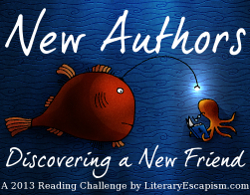

 About the Author:
About the Author:

 About the Author:
About the Author:

 About the Author:
About the Author:
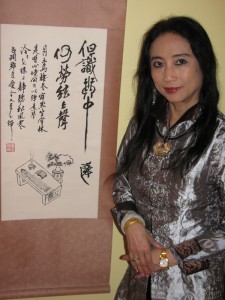 About the Author:
About the Author: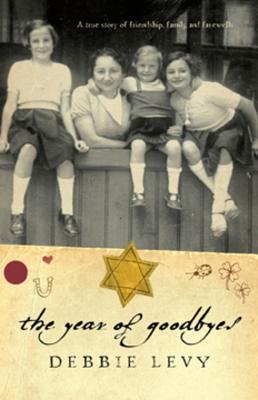
 About the Author:
About the Author: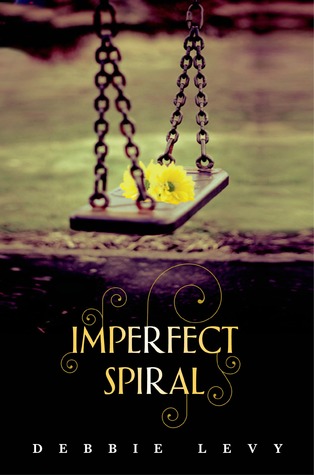

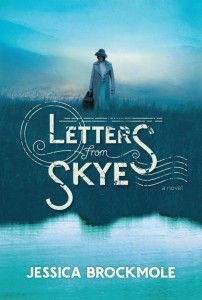
 About the Author:
About the Author:
 About the Author:
About the Author: About the Author:
About the Author: About the Author:
About the Author:
 About the Author:
About the Author:


